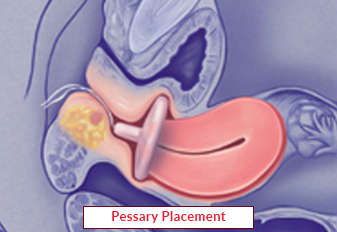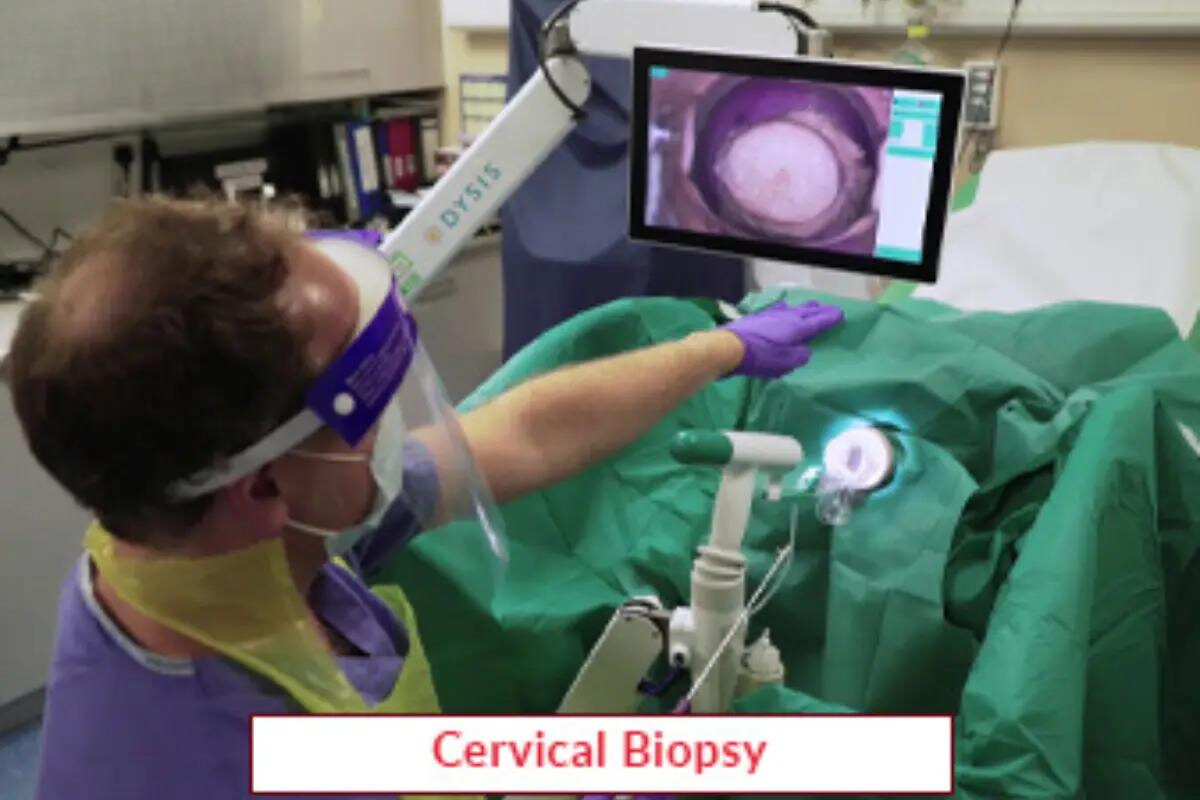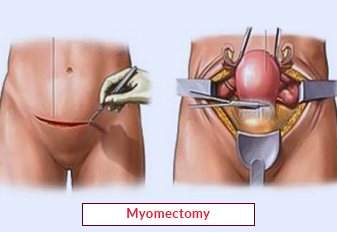Doctors performs pessary placement treatment to manage pelvic floor disorders, such as pelvic organ prolapse and urinary incontinence. Pelvic organ prolapse affects both males and females. It occurs due to slipping of one or more pelvic organs from the pelvis. This weakens the muscles and connective tissue of a pelvis. Pelvic floor muscles are the body parts, that can be extracted from the muscles and connective tissues.
These muscles are mainly found at the base of a pelvis and their main function is to support pelvic organs that can be bowel, bladder, ureters, etc. They are most important for sexual reproduction, pregnancy, and childbirth for women.
When these muscles get weakened in the pelvic cavity, it leads to pelvic organ prolapse. This condition is not treated or diagnosed easily. Women experience many health issues during sex and pregnancy. It leads to sexual issues, changes in urinary and bowel movements, lower back pain, pelvic pressure etc., in patients. This health condition becomes rare or severe when left untreated.
Its best treatment approach is pessary placement. It is a device that supports the pelvic organs when it is attached to a vagina. This procedure is not only helpful for pelvic organ prolapse but also beneficial for stress continence in patients. Its other name is pessary fitting.
Types of Pessaries
This medical device consists of different types. These are as follows:
1. Ring Pessary
This can be placed easily in patients with stress incontinence and pelvic organ prolapse in mild to moderate conditions, but it cannot be recommended for urinary incontinence. It is an O-shaped pessary and can be applicable for different versions. A healthcare provider can choose the best option for a patient’s condition treatment.
2. Donut Pessary
It is recommended for cystocele, rectocele, and uterine prolapse in individuals. This device is donut-shaped and can be made from soft and medical-grade silicone. When it becomes odorous or discolored, then a healthcare provider should replace the pessary after 12 months.
3. Gellhorn Pessary
When a patient is suffering from advanced pelvic organ prolapse, then this option is best for him or her. This device is disk-shaped and it is also known as space-filling pessary. It fills the shape to provide support in the upper vagina as a ring pessary.
4. Shaatz Pessary
The uterine prolapse and cystocele are being managed in moderate to severe conditions. It is a disk-shaped device, but does not have a knob. This equipment is mostly recommended for women who find difficulty with ring pessary.
5. Cube Pessary
When urinary stress incontinence is mild in patients, then this device is suitable for them. It also manages third-degree uterine prolapse and can be useful during sexual intercourse. The shape of this medical device is cubical. It does not have drainage which can be removed and cleaned daily.
6. Gehrung Pessary
It is a U-shaped device, which is recommended for the treatment of cystocele, rectocele, stress urinary incontinence and second or third degree uterine prolapse in patients. This pessary is extracted from a medical-grade silicone and must be removed before X-ray, MRI and ultrasound tests.
How can it be Fitted?
A vaginal exam will be performed and some measurements will be taken so that a pessary is correctly fit into your pelvic organs. Depending on the exam and severity of the prolapse, then a pessary with the right type and size can be opted for patients.
After that, a pessary is placed into the pelvis, and the doctor makes the process more comfortable through lubricant or lidocaine. The working of a pessary can be checked when a doctor tells a patient to cough, sit, and squat. They may also identify its place if an individual is asked to urinate.
Advantages of Pessary Placement Surgery
The benefits of this procedure are the following:
- It is generally inexpensive and can be used safely by a doctor.
- This method is minimally invasive, which provides pain-relief in patients.
- It does not require surgery and can be a long-term treatment for pelvic organ prolapse and stress incontinence.
Why is Pessary Treatment Recommended to Patients?
A healthcare professional recommends a pessary for the treatment of certain health issues. These are as follows:
- Neonatal prolapse
- Bowel problems
- Urinary Incontinence
- Vaginal wind
- Pelvic organ prolapse
This device is not suitable for patients with severe prolapse. They must consult with their relevant doctor for its treatment.
Risks and Complications in this Treatment
Pessary placement is a safe procedure, but it leads to different complications. These are as follows:
- Pain and discomfort due to wrong fitness
- Vesicovaginal or rectovaginal fistula
- Trouble during sexual intercourse
- Infection in urinary tract
- Pessary incarceration
- Bleeding and discharge
How to Care for Pessary?
If a ring pessary is inserted in the pelvis, then it is easy to take care of it. A patient can remove this device gently, and the hands must be washed with mild soap and water. Before reinserting, a pessary should be rinsed and dried completely.
The regular follow-up visits are required for monitoring the pessary effectiveness in patients. A vagina will be examined by a provider which identifies that this medical device is in still working condition. An individual must consult with a healthcare provider for cleaning and checkups if he or she gets troubled in removing the pessary on their own.
Latest Health Tips
Can Immunotherapy Cure Stage 4 Lung Cancer?
Early Signs of Cervical Cancer
Foods that Kill Cancer: Leafy Vegetables, Grains, & More
What Stage of Cancer is Immunotherapy Used For?
Which is Worse for Cancer, Sugar or Alcohol?
Vaccines That Prevent Cancer
What Kills Cancer Cells in the Body Naturally?
Early Warning Signs of Bone Cancer
Submit Your Enquiry
Testimonials


























